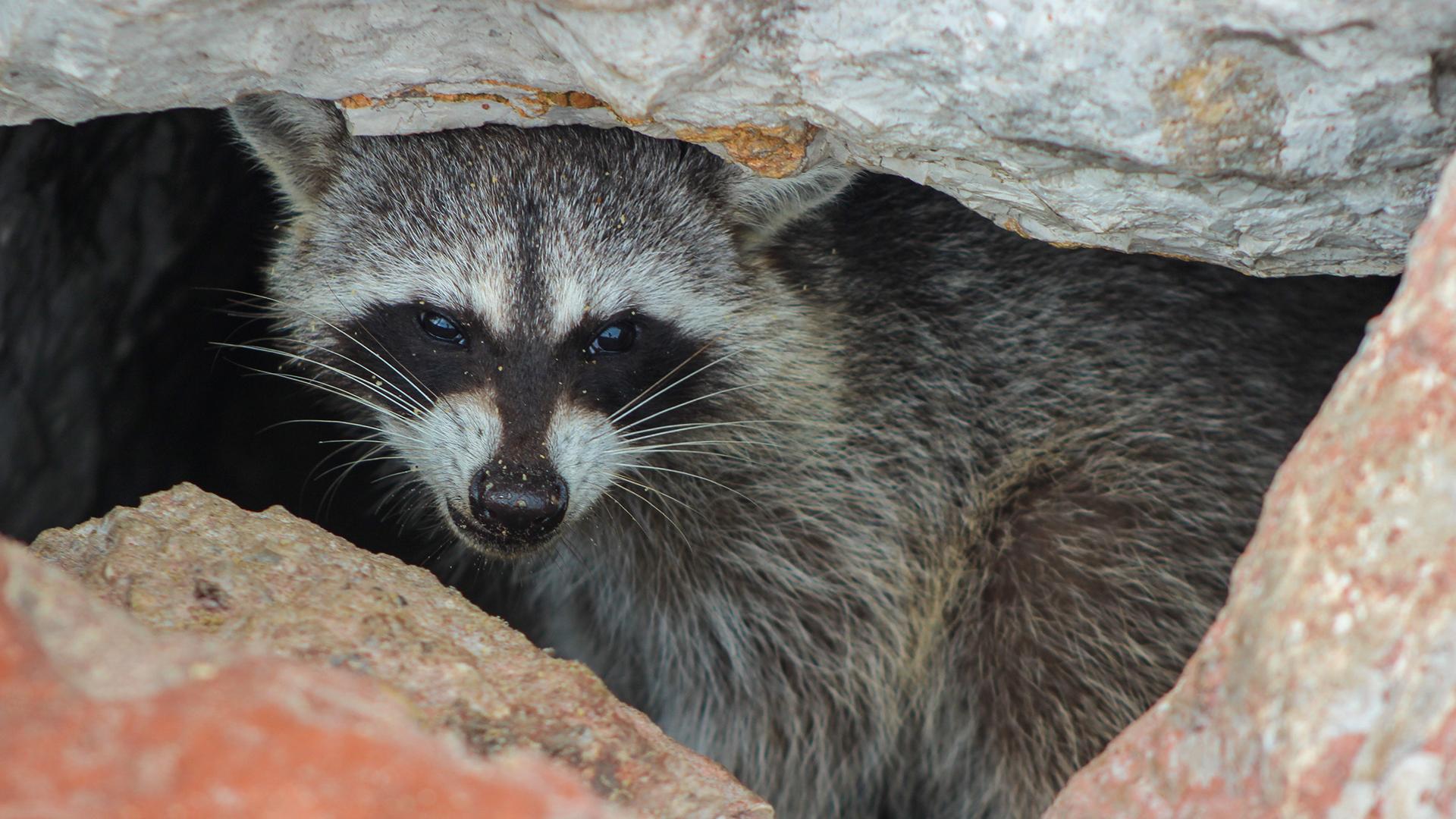The cooling temps in the fall season leave many pests seeking cozier accommodations, often in homes and businesses. Mice, rats, bats, birds, squirrels and raccoons are all looking for places to stay warm during the colder months, as are overwintering insects like ladybugs, stink bugs, boxelder bugs and western conifer seed bugs. Because some of these pests pose serious threats to both health and property, take steps now to prevent fall pest infestations.
Dangerous Invaders
From asthma and allergies triggered by cockroaches to fire hazards caused by rodents, there are a number of major health and property risks associated with fall pests.
- Urine and feces are a big concern with rodents and other wildlife. A variety of diseases can be transmitted through the inhalation of airborne fecal material, including histoplasmosis, hantavirus and leptospirosis.
- Birds and their droppings can also transmit diseases (more than 60!), including the avian flu, salmonella and West Nile virus. In addition, they are often infested with biting mites that can be transferred to humans and pets.
- Rodents can contaminate food with their urine, feces and hair, spreading illnesses like salmonella and more.
- Bats and raccoons can transmit rabies even without biting if their saliva comes in contact with a cut or scratch, eyes, nose, mouth or other mucous membranes.
- Rodents, racoons and other wildlife can be loaded with fleas and ticks, which can then jumpto you and your pets resulting in bites and illnesses such as Lyme disease and hantavirus.
- Rodents often chew through wiring, which can cause electrical fires. They can also destroy drywall, stored items and more as they create nests and search for food and water.
- Yellow jackets, hornets and wasps have been known to create large nests in attic spaces, which pose the threat of painful stings and dangerous allergic reactions.
Exclusion Is Key
Consistent pest-proofing is necessary to guard against pest infestations. Exclusion—keeping pests from gaining entry at all—is the main goal. This can be harder than it sounds, especially in older homes and buildings where sealing up every possible entry point is challenging.
Here are a few tips:
- Add screens to attic vents and openings to chimneys.
- Seal cracks and crevices on the outside of the home using caulk and steel wool. Pay close attention to where utility pipes enter the structure and where two different building materials come together, as well as around doors and windows. Mice can enter through openings the size of a dime, and insects though even smaller holes.
- Replace loose mortar and weather stripping around the basement foundation and windows.
- Install door sweeps and repair damaged screens in doors and windows.
- Carefully check items such as boxes of decorations, groceries, Christmas trees and greenery before bringing them indoors to ensure there aren’t any pest stowaways.
When All Else Fails
If despite your best efforts you find yourself with a pest problem, we strongly recommend you call a pest management professional or wildlife specialist. This is for your own safety, especially when it comes to pests that bite, scratch, sting or transmit diseases. We can evaluate the full extent of the problem and recommend the best—and safest—strategy for remedying it.

